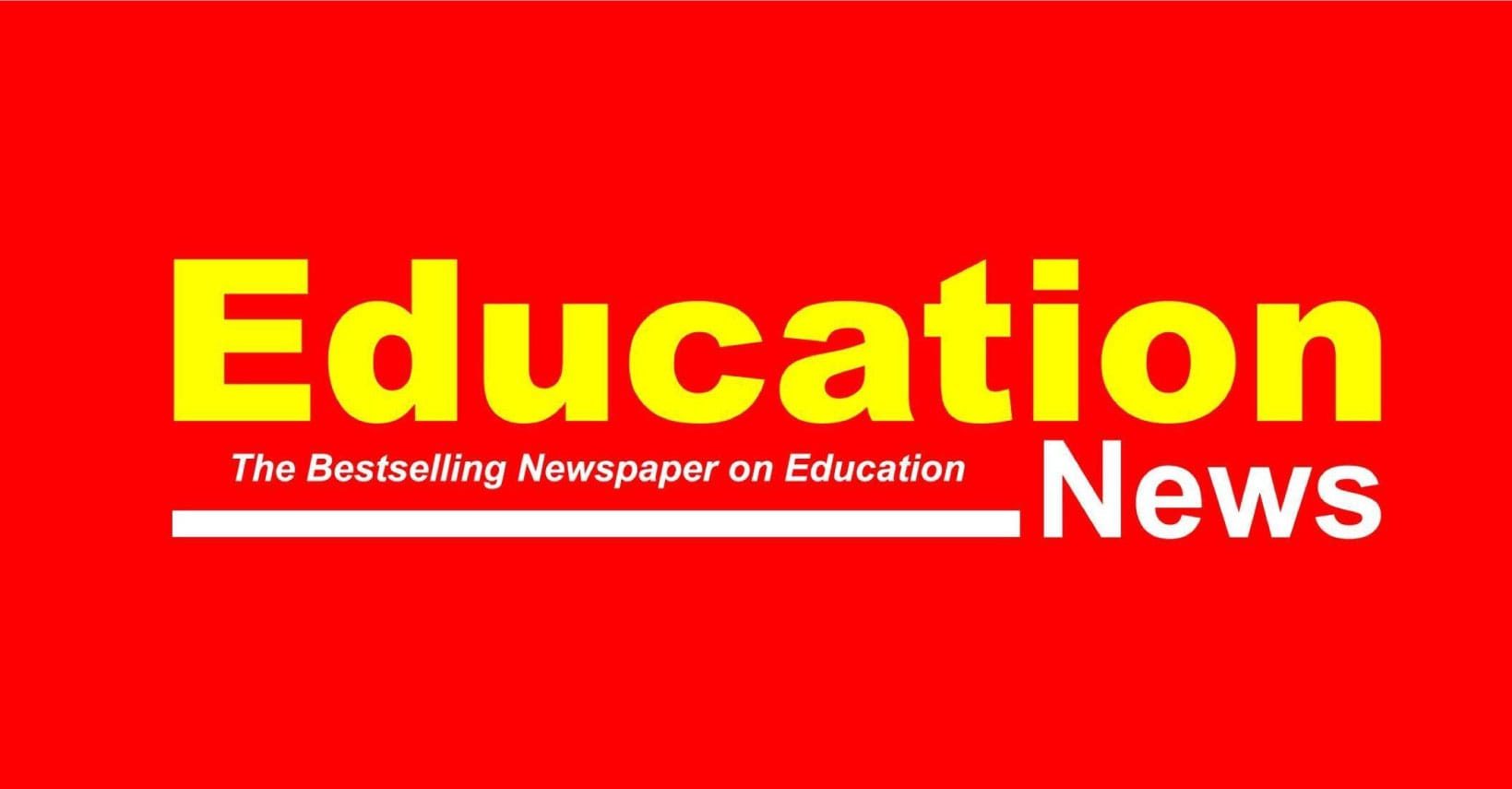ChatGPT and AI are two terms that often appear together, but they mean different things. Artificial Intelligence (AI) is the broad field of computer science concerned with creating systems that can perform tasks that normally require human intelligence, such as problem solving, pattern recognition, decision making and learning from experience. ChatGPT, on the other hand, is one specific product built within this vast field of AI. It is a language model created by OpenAI, designed to understand prompts given in natural language and generate responses that are coherent, contextually relevant, and often human-like in tone.
AI has many branches and applications. There is machine learning, where systems improve at tasks by analyzing data rather than relying on hard-coded instructions. Within machine learning, there is deep learning, which mimics the structure of the human brain by using artificial neural networks. These networks allow computers to process vast amounts of unstructured data, such as images, audio, or text, and recognize patterns that would be impossible for a human to notice manually. This is the technological backbone that enables systems like ChatGPT to exist. ChatGPT relies on a subset of deep learning known as natural language processing (NLP), which focuses on teaching machines to understand, interpret, and generate human language.
What makes ChatGPT unique is its scale and training process. It has been trained on a massive dataset that includes books, articles, websites, and countless forms of human expression. From this exposure, it learns statistical patterns of how words follow one another, which allows it to generate responses that sound fluent and informed. While it does not think, feel, or have consciousness, it mimics the outward form of conversation convincingly enough to help with a wide range of tasks. Students use it to get explanations of concepts, writers use it to brainstorm and polish drafts, and professionals use it to assist with coding, emails, and reports. Essentially, it democratizes access to a form of “instant assistance” that was previously unimaginable.
ALSO READ:
Gov’t cracks down on cannabis-laced snacks amid rising drug abuse in universities
However, ChatGPT also represents both the promises and perils of AI. On the positive side, it demonstrates how AI can make knowledge more accessible, boost productivity, and even act as a companion in learning. For example, a teacher may use it to create sample exam questions or draft lesson plans, while a researcher may use it to summarize lengthy documents quickly. But on the cautionary side, ChatGPT can sometimes produce inaccurate or biased information because it does not truly “understand” the content; it only predicts plausible text based on patterns. This is why fact-checking remains crucial. Furthermore, heavy reliance on such tools raises ethical concerns, particularly regarding plagiarism, intellectual property, and the risk of diminishing critical thinking skills if people use it passively instead of engaging deeply with knowledge.
AI more broadly is transforming industries in profound ways. In healthcare, AI algorithms help detect diseases from medical images earlier than human doctors might. In finance, AI systems monitor fraud, analyze markets, and manage risks. In transportation, AI powers self-driving cars and optimizes logistics networks.
In education, AI can personalize learning by analyzing student performance and adapting content to their needs. ChatGPT sits at the intersection of this wave of transformation, representing how AI can enter everyday life through something as universal as conversation. By putting a friendly face – or rather, a conversational voice – on AI, ChatGPT has changed the way people perceive the role of machines in human communication.
ALSO READ:
Embattled Alliance Girls teacher Albert Ayiro resigns amid sexual grooming allegations
The conversation about AI is not just technical but also philosophical. What does it mean for human creativity if a machine can generate poetry, essays, or even jokes? Does this diminish the value of human effort, or does it highlight the unique qualities that remain distinctly human, such as lived experience and emotional depth? ChatGPT cannot feel love, grief, or awe, but it can generate text about these subjects that resonates with readers. This paradox challenges society to rethink the boundary between human and machine contributions to culture.
The future of ChatGPT and AI more broadly will depend on responsible development. As these systems become more powerful, they must be aligned with ethical values, transparency, and fairness. Already, developers are exploring ways to reduce bias in training data, prevent misuse for harmful purposes, and ensure that AI complements human judgment rather than replacing it. Policymakers, educators, and ordinary users all have roles to play in shaping how this technology evolves. For students and lifelong learners, the challenge is to use ChatGPT not as a shortcut that replaces thinking but as a tool that sparks curiosity and expands perspectives.
In many ways, ChatGPT embodies both the dream and the dilemma of AI. It is a tool that brings the vastness of human knowledge within arm’s reach, but it also highlights the limitations of machines that only simulate intelligence rather than possess it. For society, the task is not to resist AI out of fear nor to embrace it blindly out of excitement, but to engage with it thoughtfully. If used wisely, ChatGPT and similar AI systems can enhance human potential, amplifying creativity, learning, and productivity. If used carelessly, they risk undermining the very qualities – critical thinking, originality, and accountability – that define what it means to be human.
By Ashford Kimani
Ashford teaches English and Literature in Gatundu North Sub County and serves as Dean of Studies.
You can also follow our social media pages on Twitter: Education News KE and Facebook: Education News Newspaper for timely updates.
>>> Click here to stay up-to-date with trending regional stories
>>> Click here to read more informed opinions on the country’s education landscape






